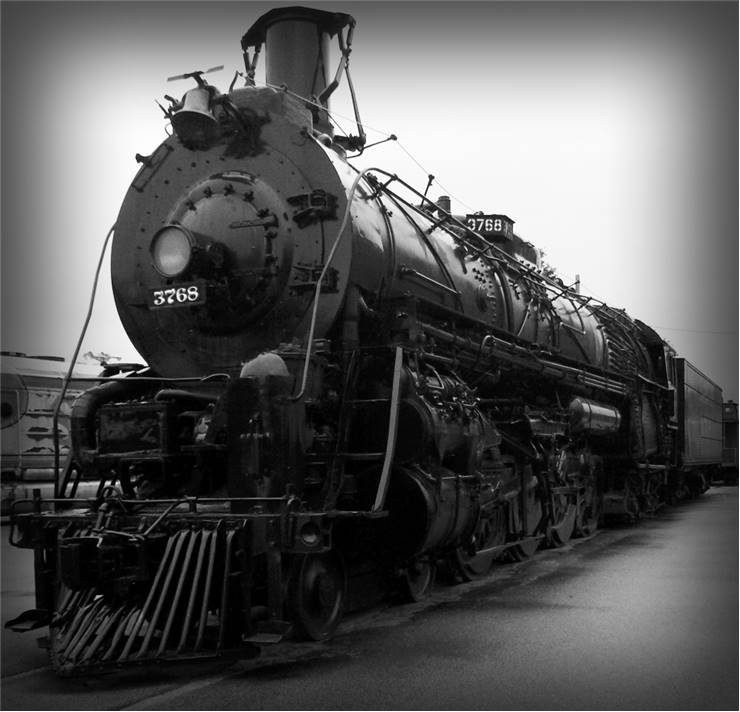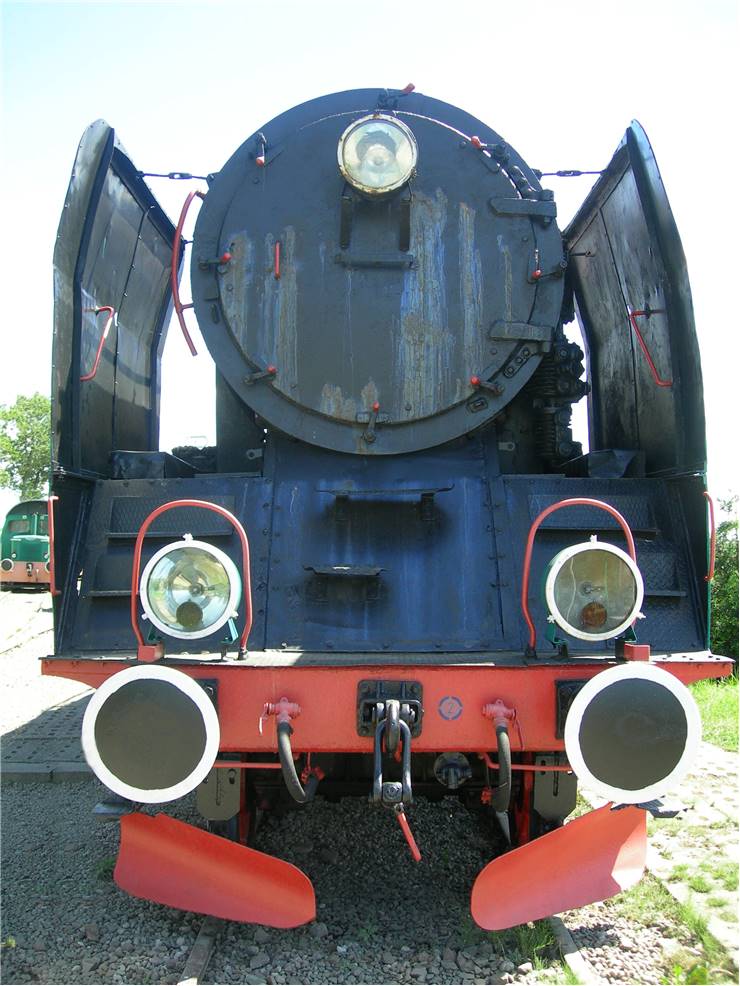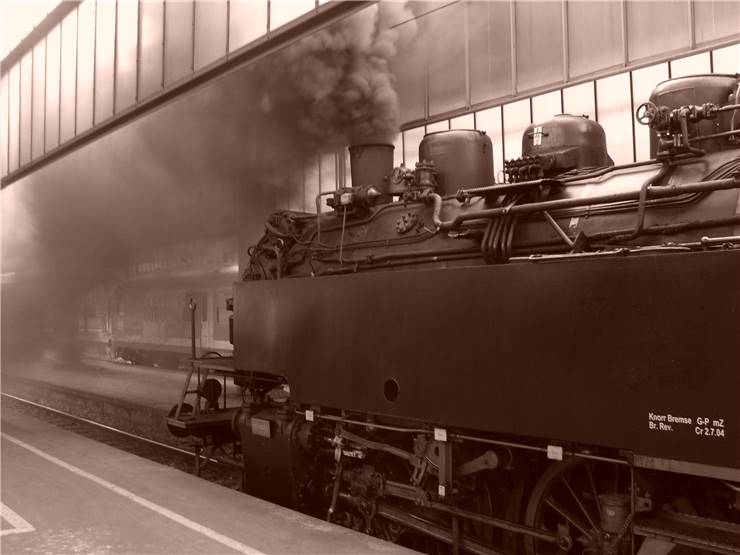Classes and Types of Locomotives
Industrial revolution and invention of the steam engine marked the beginning of the railway. The first locomotives were steam powered. As the times changed and new technologies became available, new types of locomotives were introduced and locomotives were majorly improved in the way they are powered. Today we classify them by their source of energy and here are some of them:
- Steam locomotive produces its pulling power through a steam engine. All steam powered locomotives have boilers whose water is heated by burning coal, wood or oil until it produces steam. Steam powers reciprocating pistons which in turn – turn the wheels. The first locomotive was invented by Richard Trevithick in the United Kingdom. Its first run was on 21 February 1804 but its success was mixed. Nevertheless initial innovations were on the right track and Trevithick continued experimenting. The first commercial steam locomotive started running in 1812. This type of locomotive was in general use until 1950s when it fell out of favor and other types took over.

- Diesel locomotive has a diesel engine with internal combustion as its power source. The first diesel-powered locomotive appeared in 1912 in Switzerland. It wasn't commercially successful and further testing was stopped by the First World War. Hermann Lemp, electrical engineer at General Electric, invented a reliable direct current electrical control system which allowed for electric transmission of power from engine to the wheels. This proved successful and experiments continued in United States. Diesel locomotives were more practical than steam, they need less maintenance and are lesser pollutant. They are still in use today.
- A slug or drone locomotive is a locomotive without power that is added to a diesel-electric locomotive. It provides additional traction and braking capability. This is done through traction motors that are powered from main locomotive (so called “mother”.)
- Electric locomotive is powered by electricity in one of two ways: an overhead pickup or through a third rail. The first one was patented in 1890 by Jean Jacques Heilmann and it crossed from paper to reality in 1893. This type of locomotive has higher performance and lower operational cost. They are also much lesser pollutant that steam and diesel locomotives. French TGV, which is electric, holds world record for the fastest train with wheels with speed 574.8km/h.
- Hybrid locomotive uses an onboard rechargeable energy storage system (a battery) in addition to a fueled power source and electrical engine. Its battery is used for regenerative braking where kinetic energy of a train is converted into breaking. The first hybrid locomotives appeared in early 20th century.
- Steam-diesel hybrid locomotive was an experimental locomotive which could use which could use steam from a boiler or diesel fuel in its piston engine. United Kingdom, Russia and Italy worked on this type separately but gave up because of high cost of fuel oil.
- Gas turbine-electric locomotive has a gas turbine which drives an electrical generator or alternator which in turn power traction motors. The first one was made in 1920s but this type didn't see commercialization until 1930s and was in use until the 1973 oil crisis when they became uneconomical to operate. They are today very rarely in use.
- Fuel cell-electric locomotive (hydrail) is very recent type of locomotive. It is powered by hydrogen and it converts chemical energy of hydrogen to mechanical energy. The first one was demonstrated in 2002 in Val-d'Or, Quebec. Few places have this type of railway like Kaohsiung, Taiwan and some also have Rail Power GG20B locomotives that work originally on diesel but are converted to hydrogen.
- Atomic-Electric locomotive was an idea in 1950s when we didn't understand dangers of atomic power too well. It would have 200 ton reactor chamber which would be coated with 1.5 m of lead.


